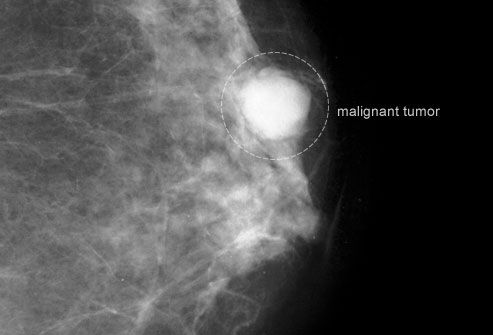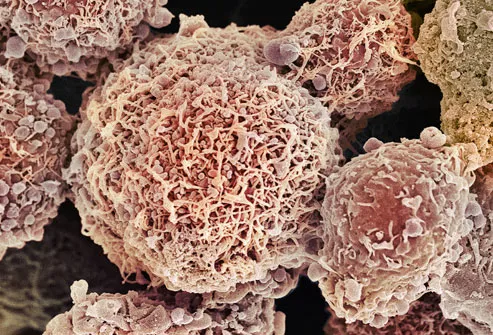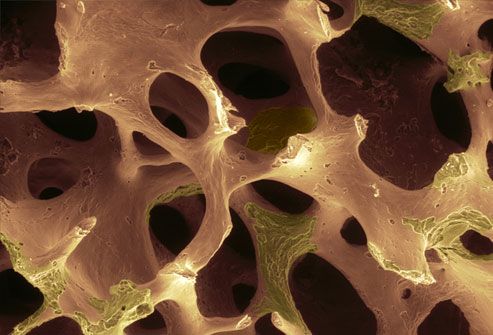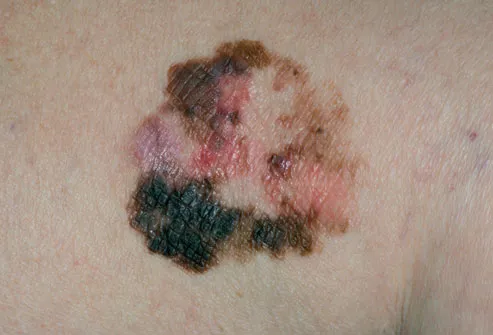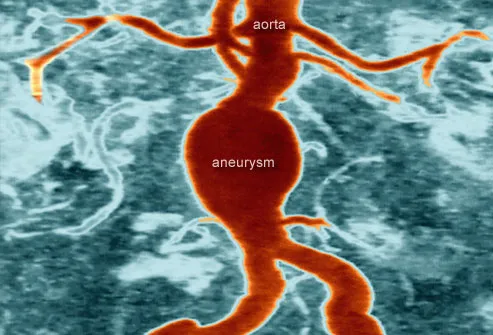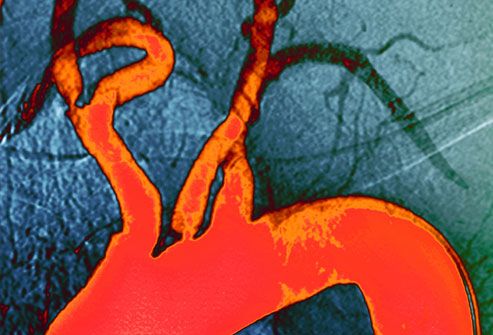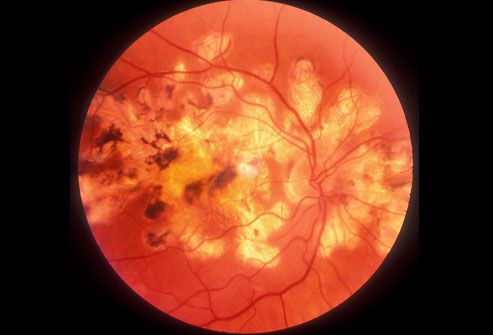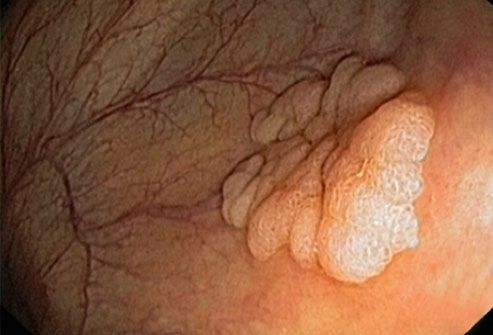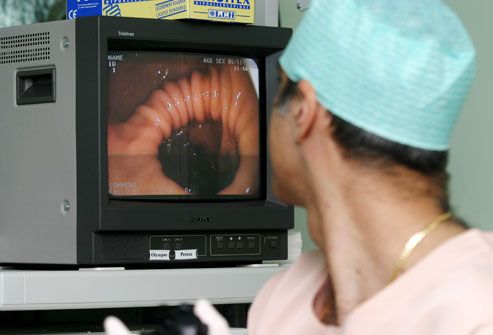Nutrition tips while undergoing Chemo/ radiation therapy
Always Keep Food Tasty. Chemo can do a number on your taste buds, making certain foods and drinks taste metallic or unpleasant. Water and meat are the two most common items that become distasteful during chemo. If it becomes difficult to drink plain water, try drinking flavored mineral water or add sliced lemon to tap water. If certain meats become difficult to enjoy, try other sources of protein such as eggs, low-fat dairy, beans, and fish.
Help to Fight Constipation. While some people experience diarrhea with chemo, others deal with constipation. Keeping hydrated is important to help prevent constipation. Including all types of fiber in your diet also can be helpful. If you aren’t accustomed to large amounts of fiber, make sure to increase your fiber slowly. Getting some exercise -- even just a 20-minute walk -- can be a powerful intestinal stimulant.
Try to Manage Weight Gain Some cancer patients tend to gain weight during treatment, so try to eat low-fat meals, snacks, and lots of vegetables.
Improve Your Appetite. Many people undergoing chemo find that their appetites suffer. Since carbohydrates are usually digested well, it is recommended to try snacks such as hot cereals, toast with peanut butter or other nut butter, or pita bread with hummus. Other foods to consider include yogurt and blended soups.
Diarrhea ? If you are experiencing diarrhea, avoid greasy and fried foods, caffeine, sugary drinks and fruit juices, salad greens, raw produce, and sugar alcohols. Foods that are generally well-tolerated include oatmeal, most fruits without skin, sweet potatoes, and squash.
Note Down your Food and Symptom in a Diary. Write down what you eat and drink, and record any symptoms you experience daily. This will help you and your health care team identify what you are eating that may be causing nausea, constipation, or diarrhea. This way, medications and other dietary suggestions can be tried before problems escalate.
Mouth Sores? Some types of chemotherapy can cause mouth sores. To help healing, avoid spicy foods, alcohol, and hot temperature foods. Keep your mouth moist by drinking plenty of fluids throughout the day. Rinsing your mouth with salt water after meals may also be helpful.
Stay Hydrated. Diarrhea and vomiting combined with low fluid intake can cause dehydration. Signs of dehydration may include a dry or sticky mouth, sunken eyes, low urine output (urine is dark yellow when it is concentrated), and an inability to produce tears. Drinking plenty of water can help you avoid dehydration.
Control Nausea. Eating cool foods instead of warm foods, chewing on crystallized ginger, or sipping on peppermint or ginger tea can help discourage nausea.Try to avoid greasy or fried foods and those with strong odors.
Eat Smaller Meals. Eating smaller sized meals tends to be tolerated better during the chemo process than larger, less frequent meals. Eating smaller, more frequent meals will help with nausea as well.
Get Help from a Dietitian. It may be helpful to meet with a good dietitian, who can help you with the specific food and diet issues you are experiencing during cancer treatment, as it differs from individual to individual.
Labels: Chemo therapy, Nutrition tips, while undergoing
 healthy food
healthy food healthy breakfast
healthy breakfast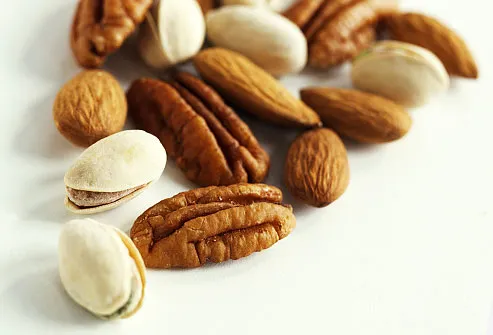 nuts are healthy
nuts are healthy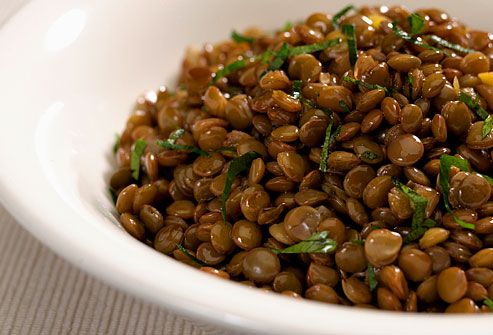 whole pulses are good
whole pulses are good not healthy foods
not healthy foods


